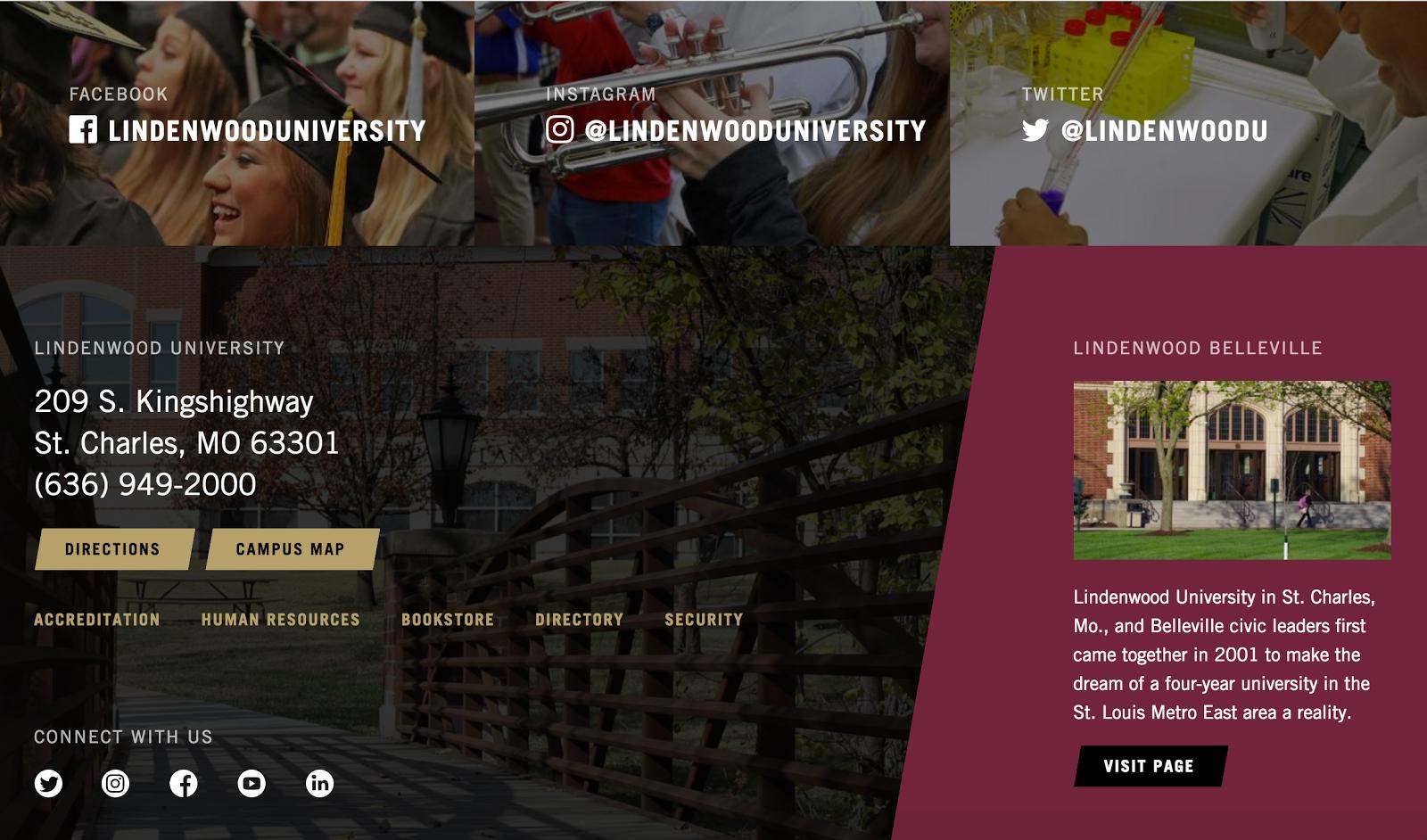
Say "Goodbye" to Social Media Feeds
In the last decade, social media has grown rapidly from the teenage obscurity of MySpace to multiple platforms on every device in the hands (or you know... pockets, wrists, eyewear, etc.) of nearly every person you know. Even your grandparents, who may or may not be able to turn on the television properly, are commenting on that cat picture you posted the other day.
Most of our clients started to take advantage of this surge in technology by using platforms like Facebook and Instagram to interact with their audiences. And after seeing that success in connecting with a wider range of users, interest in leveraging this content in the rest of their online presence quickly followed… Enter the infamous “Social Media Feed.”
I have to admit that the concept of creating functionality for ever-changing content and a design that can apply to all of these varying platforms was a fun and exciting problem to explore. Like a shiny new toy for us designers to play with. And at Fastspot, we’ve definitely designed and developed our fair share of social media feeds. However, after a few years of experience working with this content, we’re starting to discover the flaws in the feed. It may be time to say “good-bye” to this type of integration and “hello” to simpler, more sustainable solutions.
API MIA
As quickly as social media appeared in everyday society, it also continues to grow – from companies adding new functionality to making changes in order to compete with other platforms. That alone is a huge problem, making it trickier to sustain and maintain a feed. Nobody has time (or money) to redesign and update programming for a complicated part of one component of a site every couple of months.
That growth in popularity and in the products themselves creates an even bigger issue, though: more rules. The biggest social media companies (and probably most widely used, Instagram) have been implementing stricter guidelines about how data from their apps can be used; mostly to protect their brand and traffic to their sites and apps. They do not want other sites recreating the functionality of their own, which is completely understandable, but it also makes it increasingly more difficult to access their API to pull that content to your site.
An API (Application Program Interface) is essentially a set of rules and tools that programmers use to create and run their applications. Our developers access this data to draw content from their code to your feed. With less and less of that data available, creating usable feeds is very difficult, and trying to recreate that content opens clients up to potential legal issues down the road.
There’s always the option to embed feeds to a your site, but that restricts you to social media companies’ branding and limits our ability to customize the feed visually. Gone are the days that we can masterfully draw beautiful, integrated social media feeds that coordinate with your fresh, new site and design system.
The Content Conundrum
Putting the design and development issues aside, just maintaining social media content in a feed is really more of a headache than one would think. Clients generally have to approve all the posts that show up on the feed...
“OMG, the food in this cafeteria is so disgusting! I hate it here! @insertyourinstitutehere” Yikes! Nobody wants that on their homepage.
Not only is that a lot of work, but things start to get confusing for marketing teams posting on behalf of the company or institute too. The possibility of duplicating a lot of content (while trying to blast an event on all platforms, for instance) becomes greater and more of an issue. Users don’t want to have to scroll past five identical posts over and over. There are certainly better ways to highlight that information on your site, and the feed just complicates the process of sharing content on other platforms.
Together, We Can Move On
We know, we know… It’s going to be hard. The Social Media Feed has been a hot ticket item for a couple of years now. So many wonderful redesigns have them, and everyone wants one. We’re here to ease that concern and present you with better options.
Recently we’ve been leaning towards using bold callouts and manually-added imagery to highlight specific social media accounts, like the emphasized callouts in Lindenwood’s footer, for example. That way users will still be drawn to interact with that interesting (and obviously very important) social content, but they will be interacting with it the way that it was intended, through the original platform.

We know that no single solution provides the answer to every site’s specific problems or needs, so we will continue to look at each client’s strategy to find unique and sustainable implementations of social media content. Let’s work together to bid our feeds farewell!